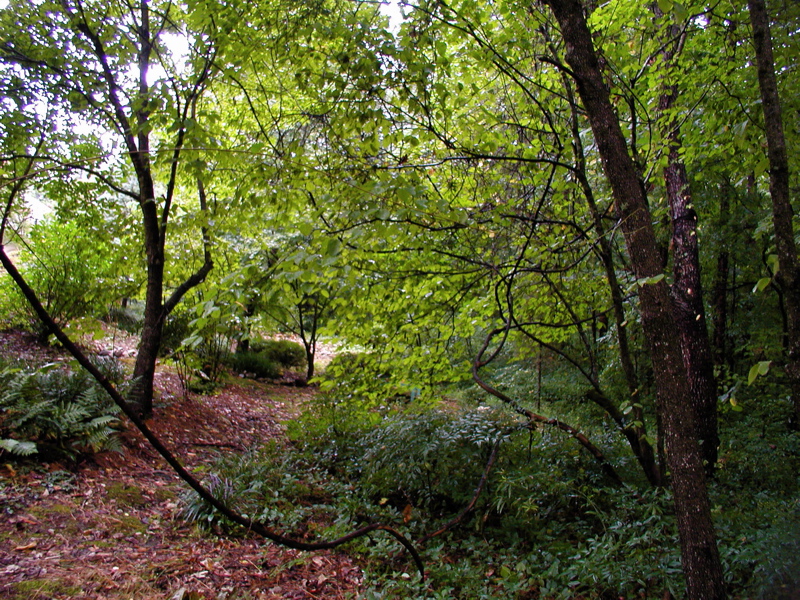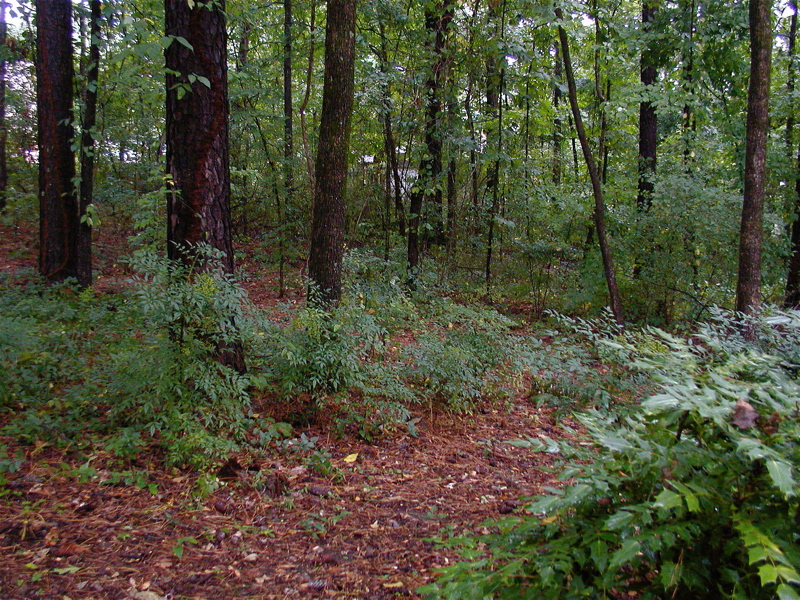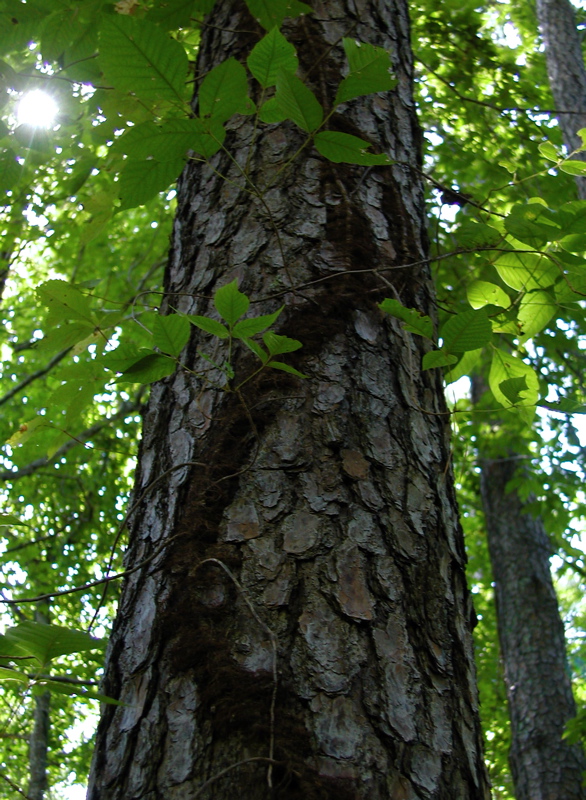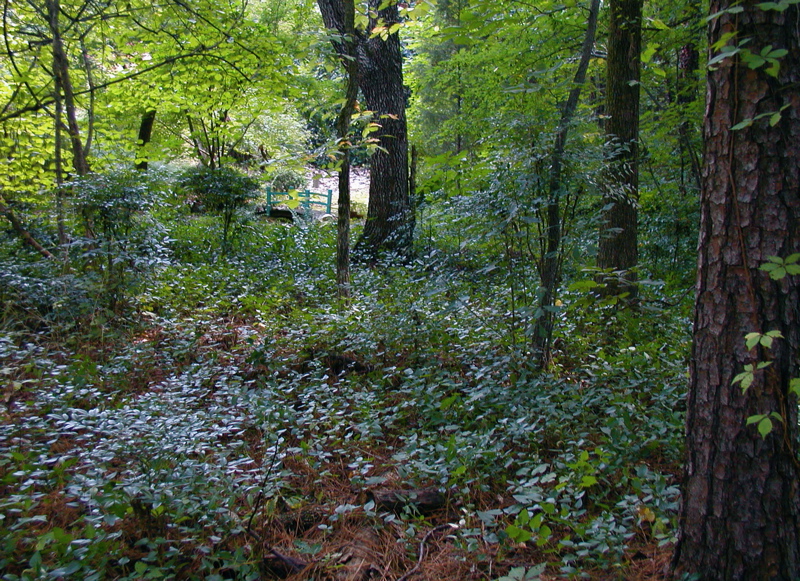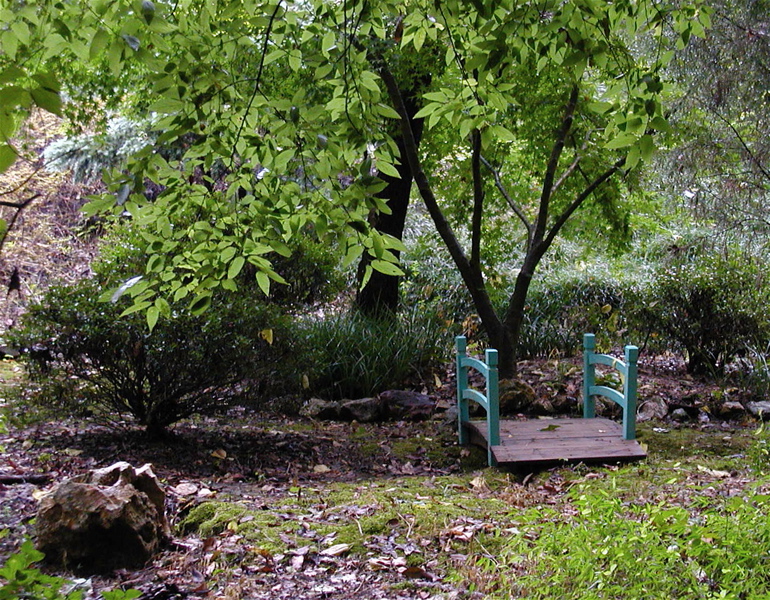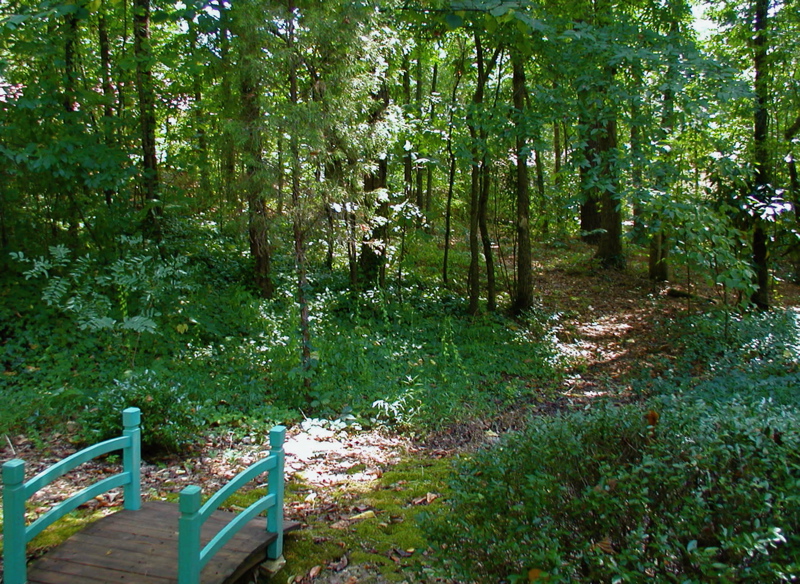By the Beautiful Sea
 Wednesday, January 26, 2011 at 5:02AM
Wednesday, January 26, 2011 at 5:02AM Want an escape? A trip to a paradise by the beautiful sea? Then come with me to Seaside, an idyllic planned community located on Florida's panhandle, beside one of the most beautiful beaches on earth. It is a place for dreams, romance, fun, and relaxation. If you think you are in a movie set, you aren't wrong; for Seaside first became famous when it was chosen for the set of the movie 'The Truman Show', released in 1998.
Earlier this week I returned from a visit to Seaside, and I have been reliving the experience, going through over 200 photos I shot over my four days there. We stayed in a delightful cottage named Natchez House, and it was only a short walk to the beach. The weather was cold, but the charming architecture more than compensated for that. Natchez House is shown in the first photo below:
Most of the cottages are vacation rentals, but there are some year round residents. Below is the community school and the interfaith chapel, where we attended church on Sunday:
Except for some common areas in the town center, there are no lawns in Seaside. All plantings are native vegetation. Among them are live oak, yaupon holly, coco palms, and loblolly pines. Also included are non-poisonous sumac, pampas grass, creeping fig, and, of course, sea oats. The orange fruit on the bush in the second row below are kumquats. Tasty! There was one tree I couldn't identify. It is shown in the last two photos. It reminds me of a sweet gum, but the balls aren't prickly. Could it be an osage orange tree?
(Follow-up note: Thanks to my fellow garden blogger, Floridagirl, who has identified the mystery tree for me. It is the American Sycamore!)
Of course, there would be no Seaside without the beach! Even in winter, the beach is extraordinary. White sands like this come from quartz and can be found in only a few locations around the world:
The sea was calm, and I did not see any evidence of last year's Gulf oil spill. I was amazed by a group of ducks paddling in the salt water, something I have never seen. I think the duck I saw is the Common Merganser, also called Saltwater Fish Duck and Sawbill Duck. Probably they are attracted by the marshes of nearby Topsail Hill State Preserve and Grayton Beach State Park. I also saw the more usual sandpipers. The photo of bird tracks in the following group shows the prints of both the mergansers and the sandpipers, together in the sand:
Every main street in Seaside has access to the beach through a pavilion, and each one is unique. I must have taken thirty shots of the Natchez Pavilion before I captured the following image at sunset. The beaches along the Gulf coast are famous for their sunsets:Such was the perfect ending. Pleasant dreams to you all! Deborah

